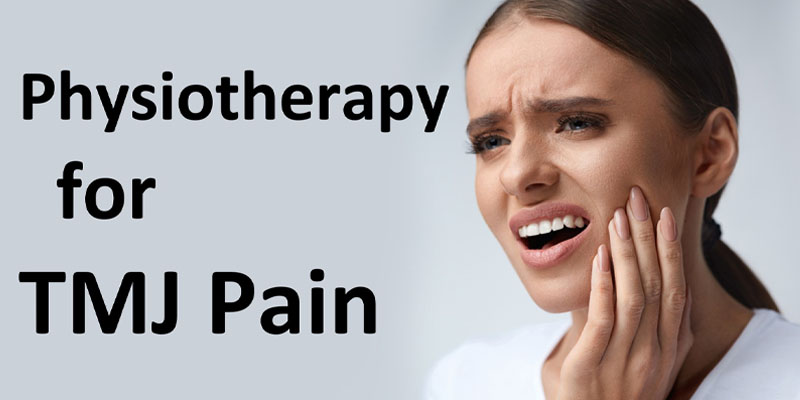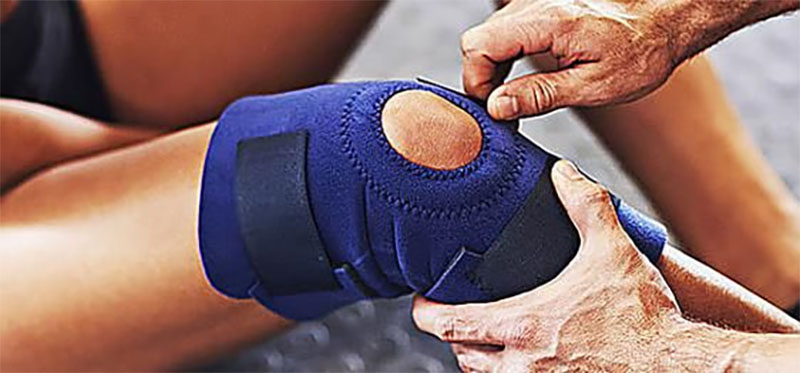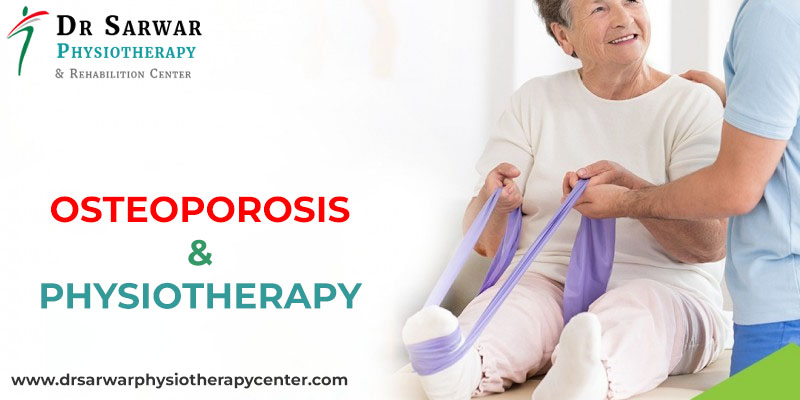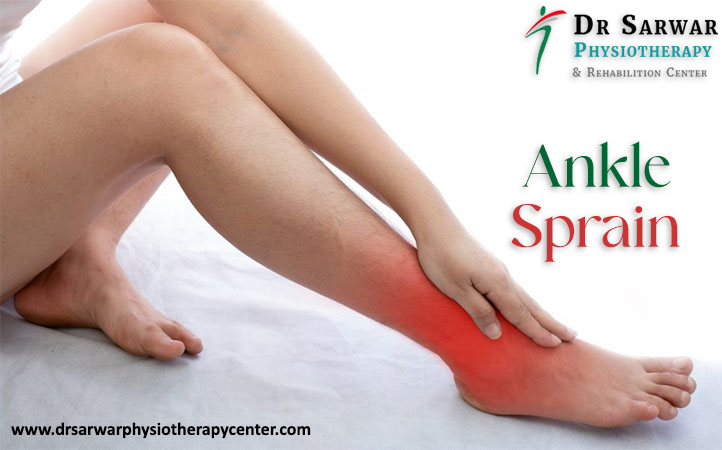Jaw pain? Ringing in the ears? Dizziness? Neck and shoulder pain? Blockage when opening or closing the mouth?…
Many of these symptoms are caused by dysfunction of the temporomandibular joint.
Temporomandibular joint concept
When we talk about the temporomandibular joint, we refer to a joint that is made up of two bones, the temporal and the lower jaw.
They constitute, therefore, two joints that, like a hinge (one on each side of the face), connect the jaw with the skull. It allows us to move our mouth up and down and to the sides, making possible such important functions for the human being as digestion and speech.
Therefore, starting from this premise, we can imagine how much repercussion the dysfunction of said temporomandibular joint can have for a patient.
What is a temporomandibular dysfunction?
When we talk about temporomandibular dysfunction (TMD), we are referring to a functional type of alteration that causes pain around the TMJ and surrounding muscles.
This dysfunction affects all the structures that are related to and give shape to this joint, as is the case of the bony parts, muscles (such as the masseter) and the entire vascular-nervous package (nerves, arteries).
TMD can affect the ability to speak, eat, chew, swallow, make facial expressions, and even breathe.
According to the most current scientific evidence, a very high percentage of the population suffers or has suffered from a dysfunction at this level. There is a prevalence in the population between twenty and forty years of age and a higher incidence in women than in men.
Causes of TMJ dysfunctions
There are many factors that cause and generate TMJ dysfunction, thus being considered a disease of multifactorial origin.
Among the most frequent, we find:
- Biomechanical causes: dental malocclusion, lack or loss of a dental piece and some dental treatments.
- Psychological causes: Increased stress, anxiety; which leads to somatization and increased muscle tension at this level.
If you are so stressed that you clench your jaw and grind your teeth, you may develop temporomandibular joint (TMJ) related pain.
- Metabolic type alterations.
- Infections and autoimmune diseases.
- Various forms of arthritis.
Symptoms of TMJ dysfunction
TMJ dysfunctions, due to the complexity of the joint itself, will generate a large number of symptoms, very different from each other. This can cause confusion and make an accurate diagnosis difficult.
For this reason, it is important to go to a qualified professional (dentist in Delhi, physiotherapist in Delhi expert in TMJ) to establish a good clinical diagnosis and propose the best treatment for each case.
As the most important symptoms of said injury, we find:
- Local pain in the joint area.
- Stiffness of the jaw muscles.
- Pain radiating to the neck and shoulder area.
- Clicking, crackling, or grinding sound of the TMJ when you open or close your mouth.
- Headache or headaches, of great intensity, with the possibility of irradiation to the eye area.
- Limitation in the functionality of the TMJ, with difficulty chewing, opening and/or closing.
- Alterations at the hearing level, with the possibility of tinnitus or ringing in the ear, pain, dizziness and vertigo and even decreased hearing capacity.
- Dysphagia or difficulty swallowing (trouble swallowing, making it difficult to eat).
- Paresthesias or tingling of the entire facial area.
- Tooth sensitivity.
- Psychological alteration, depression and/or anxiety type.
Treatment of TMJ dysfunctions
As we have been able to observe, temporomandibular dysfunction can present with very different causes and symptoms in different regions of the body.
For this reason and given the complexity of the joint, it is necessary for the patient to receive joint treatment by a multidisciplinary team of specialists: dentist in Delhi, physiotherapist in Dwarka, neurologists, among others. In order to receive a comprehensive and integrated program of care.
Within physiotherapy in Dwarka, treatment begins with:
- A good clinical diagnosis.
To do this, a clinical history of the patient will be made, with a correct anamnesis. We will also perform neurodynamic tests where we will ask if you have pain in the joint, difficulty opening or closing your mouth, if you have joint sounds or clicks, headache or dizziness…
- Later we will carry out a complete evaluation of the joint: joint mobility and functional examination.
With all these data we establish:
- Most suitable treatment.
This will consist of:
- Massage therapy techniques for all the muscles involved.
- Joint mobilizations.
- Stretches.
- manipulative techniques.
- Dry needling of muscle trigger points.
- applied electrotherapy.
- Home exercise guidelines.
All of this will help relax the affected muscles and tendons with consequent pain relief and improvement in range of motion.
It has been proven that after adequate physiotherapy treatment, the muscles of mastication and the neck achieve a more normal muscle tone, reducing signs and symptoms.
Conclusions
The temporomandibular joint (TMJ) is one of the most complex and most used anatomical structures in our body. It is responsible for chewing, swallowing and phonation and must work in a balanced and symmetrical way to achieve proper function.
In TMJ injuries, even more so, a good clinical diagnosis is extremely necessary. This will allow us to discern and rule out other more serious injuries that may be causing the pain in this region. Thus, later, we can establish a good treatment to improve function.
Interdisciplinary work is of the utmost importance. Only a coordinated and qualified team of physiotherapist in Dwarka will manage to treat your pathology with assured success.







